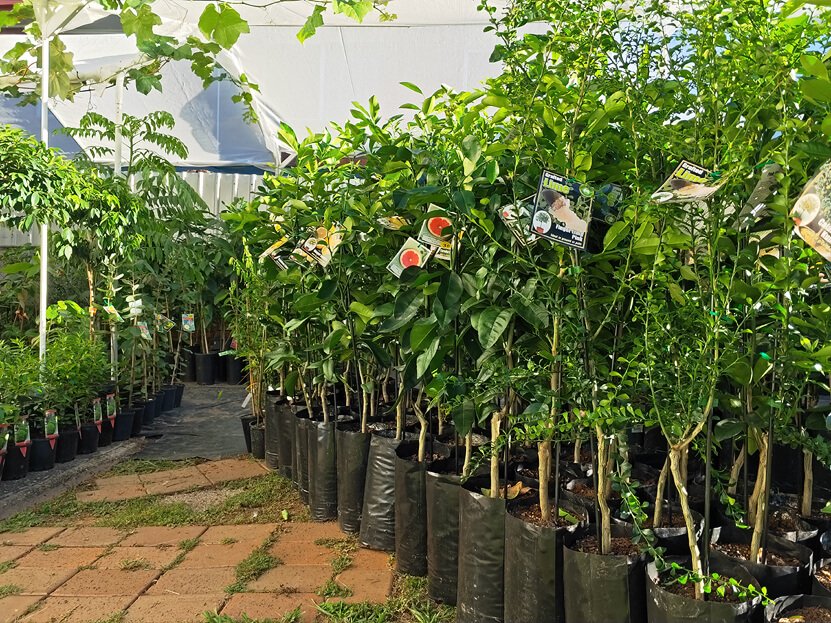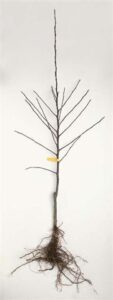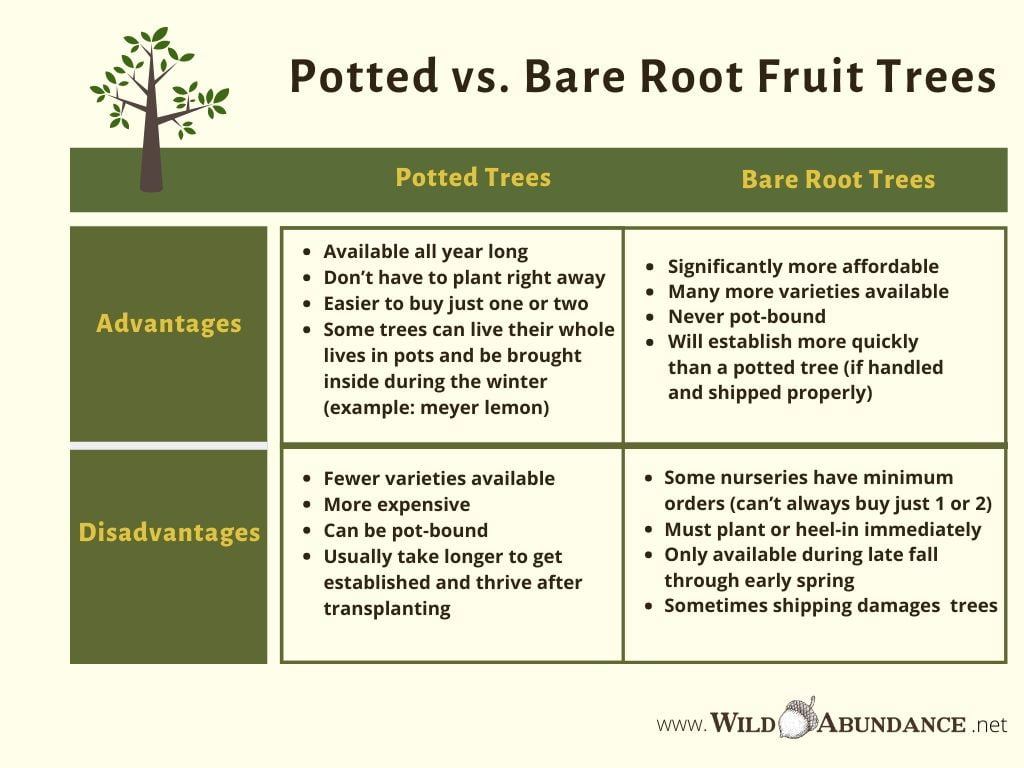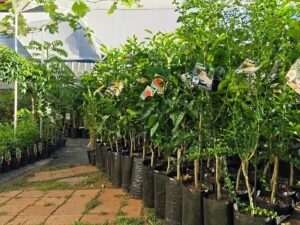When you plant a fruit tree, you’ll have the option of either a tree in a pot, (what you’ll usually find at garden stores) or a “bare root” tree. The latter looks more like a stick with some roots at one end; they’re usually available my mail order or pickup at a nursery.
How to choose between the two?
This guide will help you decide what’s right for your particular situation. Plus, check out a list of our favorite nurseries at the bottom.
What is a bare root fruit tree?
Bare root fruit trees are only sold in the late fall through early spring. That’s because deciduous plants are dormant in the winter; they don’t have (many) leaves and they’re not growing. During this time of suspended animation, the trees can survive for a short period with absolutely no soil! Hence the term “bare root.” Their roots are truly bare.
Bare root trees can be shipped without the weight and bulk of a pot and moist earth. This cuts down dramatically on their cost. In fact, even if you buy trees from a local nursery, bare-root trees will be less expensive. That’s because the nursery doesn’t have to shoulder the cost of soil, pots, and the potting-up time with bare root trees.
Only deciduous trees can be sold in the bare root state. So, no bare root lemons, oranges, or other evergreen fruit trees.
Advantages and disadvantages of potted vs. bare root fruit trees
Check out this table to compare the advantages and disadvantages of potted vs. bare root fruit trees.
The pro’s go with bare root trees
Pretty much all medium to large scale orchards deal with bare root trees exclusively. That’s because they’re so much more affordable, especially in larger quantities, and they generally recover from transplanting more easily. Plus, the diversity that’s available with bare roots is much, much greater than with potted trees.
So, if you’re planning a larger-scale orchard (10+ trees), we could strong encourage you to go with bare root. This means planning your planting time accordingly, and getting your order in promptly to ensure you get the varieties you want.
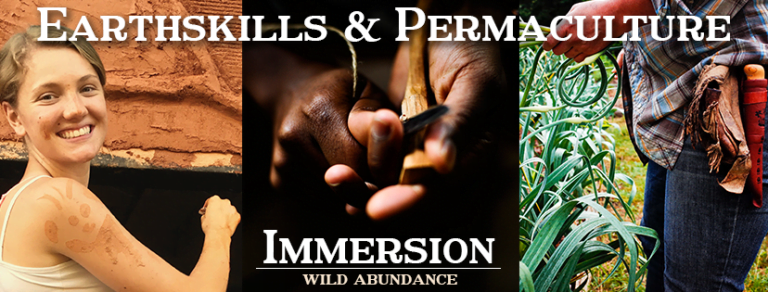

When potted trees are best
There are certain circumstances when potted fruit trees are the best choice. For example, many people like to acknowledge births and deaths by planting a tree to honor the baby or deceased. In this case, a potted tree may be the only option, as births and deaths happen year-round. Additionally, when you give a fruit tree as a gift, it’s considerate to offer a potted tree so that the recipient isn’t stressed out by the task of immediately planting the tree or potting it up themselves. If you’re just planting one or a few trees, the cost difference between potted and bare root fruit trees may be minimal. This is because shipping costs tend to be similar for one or several bare root trees, and shipping just one tree might be nearly as costly as the tree itself. In this case, potted trees may be more convenient.
Recommended nurseries
Check out our favorite tree nurseries, including several that are bio-regionally focused, and/or committed to preserving unusual and heirloom varieties.
Useful Plants (local to Asheville area)
Seed Saver’s Exchange (apple trees only)
Recommended orchard books
Note: Some of the links below are part of an Amazon affiliate program. When you click them, we benefit (at no cost to you). If you want to find these items locally, more power to you! If you’re going to buy them online, clicking-through here helps us continue offering free information and resources to everyone.
The Holistic Orchard: Tree Fruits and Berries the Biological Way
This is, hands down, the best book on managing an orchard without the use of chemicals. The author, Michael Phillips, is extremely knowledgable, plus he’s an engaging, clear, and humorous writer.
The Apple Grower: A Guide for the Organic Orchardist
By the same author as the Holistic Orchard. This book answers all of your questions about growing great apples organically.
A fun and informative book filled with practical tips, both conventional and unconventional, about creating the ideal orchard for your particular situation.

